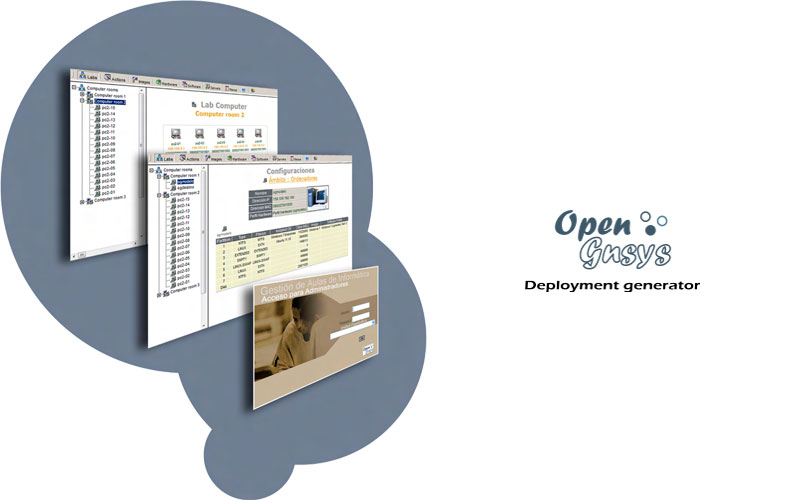Among the innovations presented by this cloud orchestrator, highlights the possibility of personalizing the mini Linux that is sent to the PCs and to install several ogLive clients and associate them to different computers. In this way, it can adapt the Linux client to the characteristics of the hardware where it is going to be installed, to optimize the performance of the computer park.
In addition, this new version includes export and import scripts to pass the configuration of an active server to a new OpenGnsys server. It also allows the hot repositioning of repositories, to facilitate the change of the images storage, and to divide the space of a repository storage for diverse organizational units, so that the images are separated in diverse subdirectories of the repository.
OpenGnsys 1.1.0 offers the possibility to know the occupied space by the file system in the configuration of the equipment. Hence you can know if the images are out of date, if there is a new image in the equipment model and how many new revisions, with respect to the image installed on a particular computer, are there. Thus, at a glance you can check if any of the computers in a classroom is outdated by reference to the image stored in the repository.
Another improvement introduced is that the changes in the interface are synchronized with the time server in the way that the hardware allows. At the time of registration they can register or make changes in inventory or collect the serial number of the equipment which is a very practical functionality when it comes to maintaining a complete inventory of the classrooms.
Also as a novelty, functions have been included to backup and restore an entire disk from custom script functions.
Finally, some steps have been taken to give more visibility to the project, such as registering it in the free software directory of the Free Software Foundation. And to ensure that the information exchanges of all users are respectful, the Berlin code of conduct in the project forums has included distribution lists and user groups.
For more information, you can see the complete presentation of Ramón Gómez Labrador here.







0 Comments